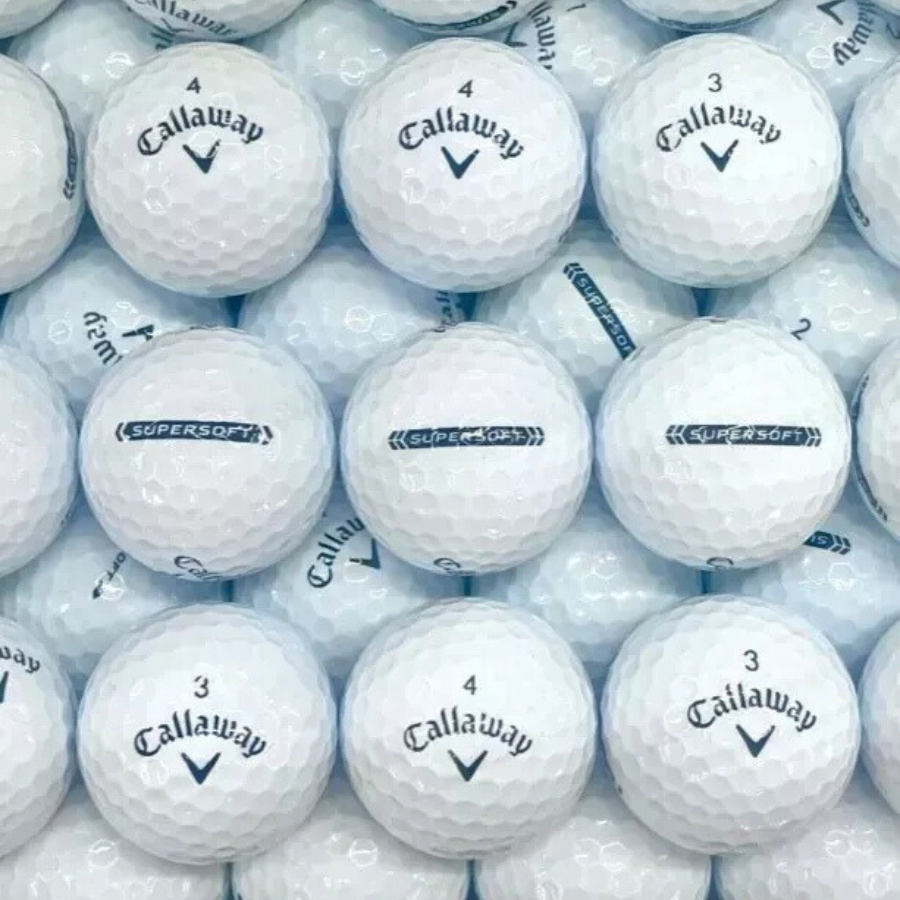
What Is The Golf Ball Rollback Rule? Here’s What Changes
One of the biggest discussions in golf today isn’t about the latest driver or iron set, it’s about the golf ball.
Governing bodies like the USGA and R&A have introduced the Rollback Rule, a regulation designed to reduce distances golf balls travel.
While it may sound technical, this change impacts professional tours, equipment manufacturers, and even everyday players.
So, what exactly is the rollback rule, why is it being implemented, and what does it mean for your bag full of golf balls? Let’s break it down in simple, relatable terms.
What Is the Golf Ball Rollback Rule?
The rollback rule is a change in golf ball regulations to limit distance. Essentially, it reduces how far balls can fly under specific testing conditions. Governing bodies are concerned that advances in equipment and fitness are pushing distances too far, forcing courses to expand and changing the balance of the game.
Under the new rule:
• Golf balls must not exceed a set distance benchmark at a given swing speed during official testing.
• The rule primarily targets tour-level play, but its impact will echo into amateur golf.
Why Was the Rollback Rule Introduced?
The rollback discussion stems from concerns about how the modern game is evolving:
• Course length: Golf courses are being stretched to 7,500–8,000+ yards to keep up with big hitters.
• Cost of maintenance: Longer courses mean more water, more land, and more expense.
• Traditional balance: Golf is meant to reward accuracy and strategy, not just sheer power.
• Sustainability: Environmental pressures are shaping the game’s future, urging smarter use of resources.
The rollback is designed to preserve the spirit of golf while keeping courses playable for everyone.
How Will It Affect Professional Golfers?

Pros gaming Titleist ProV1x golf balls or Callaway Chrome Soft X Triple Track may see a drop of 10-15 yards with their drivers. That doesn’t sound massive on paper, but at the professional level, it changes shot selection, club choices, and course strategy.
• Off the tee: Less distance means longer approach shots.
• Course setup: Shorter hitters may gain relative advantage.
• Equipment innovation: Manufacturers like Taylormade and Titleist will adjust ball designs for compliance. As will the majority or all of the golf balls manufacturers moving forward.
Will Everyday Golfers get Affected?
Here’s the good news: most everyday players likely won’t feel much change, especially those buying best golf balls for beginners or relying on recycled golf balls.
The rollback primarily addresses the upper end of pro-level speed and power.
Slower swing speeds won’t trigger substantial rollback effects. The rule may mainly influence balls marketed as “tour-level” (Titleist AVX, Pro V1x balls, etc.).
Comparing Pre-Rollback and Post-Rollback Play
|
Category |
Pre-Rollback Distance |
Rollback Distance |
Impact on Amateurs |
|
Tour Pros (Driver) |
300+ yards |
285–290 yards |
None |
|
Low Handicap Amateurs |
250–270 yards |
248–265 yards |
Minimal |
|
Average Golfers |
195–210 yards |
No significant change |
None |
While rollback might not hit amateurs hard, here are ways to keep distance steady.
What Does This Mean for the Golf Industry?

The rollback rule signals a potential wave of innovation. Brands like Titleist, Callaway, Taylormade, Srixon and Bridgestone will continue refining branded golf balls, pushing for balance in distance and playability.
Golf retailers may see increased demand for value-driven categories, like recycled golf balls.
This also parallels recent debates around how far golfers really hit the ball, showing the sport is carefully measuring technology’s place in performance versus tradition.
Discussions about limiting distance connect directly to how far golfers already drive the ball in real-world play. Many amateurs, despite concerns about distance explosions, average far less than pro distances.
Similarly, those with slower swing speeds already favor low-compression, forgiving designs. Understanding these realities helps frame why rollback rules are being introduced now.
FAQs
Q: What is the golf ball rollback rule?
A: The rollback rule reduces maximum distances golf balls can travel under official testing, aiming to bring balance back to the game.
Q: Will it affect casual golfers?
A: No. Most amateurs use the best golf balls for beginners or recreational designs, which won’t see significant rollback impact.
Q: Which balls are most likely affected?
A: High-compression tour-level models like Titleist ProV1x golf balls, Srixon Z-Star Diamond and Callaway Chrome Soft X, just to name a couple.
Q: Should I still buy premium balls?
A: Yes. But everyday players can save money on used or recycled golf balls without worrying about rollback testing as older versions and models will still be in circulation.
Golf Ball Rollback Rule: Your Game Deserves the Best Fit
The golf ball rollback rule represents one of the most significant shifts in equipment regulation. But while its goal is to apply in professional distances, its impact on everyday players will be minimal.
At golfballs.net, we focus on helping golfers navigate changes and offer options tailored for every budget and skill level.
Golf will always evolve, but the spirit of the game remains timeless.
Browse our top sellers to find the golf ball that makes the most sense for your game today, rollback or not.

